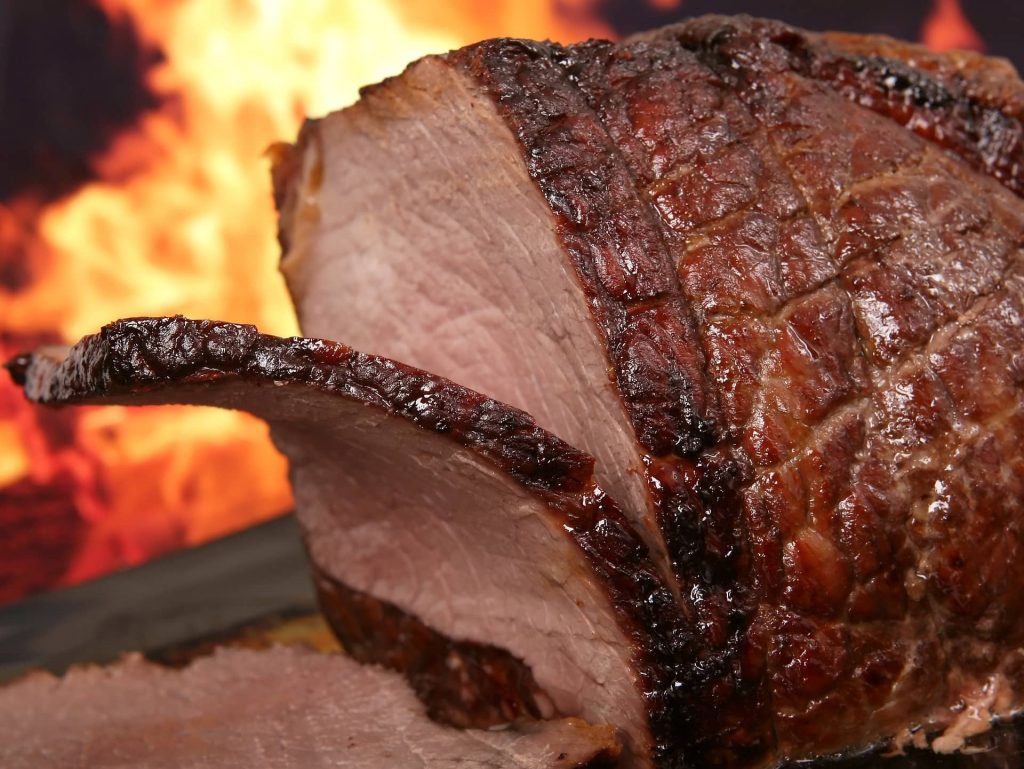Written by Hannah Segal and Edited by Mehr Kaur Bawa

Millions of people continue to change their diet based on the preconceived notion that red meat, which has a high content of saturated fats, increases the chance of Coronary Heart Disease (CHD) — a disease that develops when the arteries become narrow, limiting the oxygen supply to the blood and heart [1]. With the rise in prominence of special diets such as the low-carb ketogenic diet and the caveman palaeolithic diet, people are becoming increasingly conscious of what they consume [2]. As a result of this awareness, there have been rising concerns about which types of food should and should not be eaten. An example of such a concern is the consumption of red meat, and whether or not it has deleterious effects on health.
In the past decade, many studies have been published on how red meat increases the risk of heart disease. One study conducted at Harvard Medical School linked red meat to an increased risk of heart disease, but was unsuccessful in bringing to light the biomechanism behind this correlation [1]. The research found that high levels of TMAO (Trimethylamine N-oxide), a dietary product formed by the gut bacteria during digestion, is not only found after the consumption of red meat, but is also increasingly linked to heart disease for those aged twenty years and above. The study also suggests that red meat has higher concentrations of saturated fats than other sources of protein such as chicken and fish. Since high consumption of saturated fats can increase the ‘bad’ cholesterol in your body and cause clogging in your arteries, it leads to an increased risk of heart disease [3]. This supports the growing idea in the public consciousness that red meat may not be as beneficial for one’s health as was thought previously.
The increasing number of studies supporting this growing idea led the U.S. Department of Agriculture (USDA) to recommend approximately 15-26 ounces of red meat per week [4]. However, a study published thereafter by the American College of Physicians (ACP) highlighted that these dietary guidelines may be inaccurate because a correlation between the consumption of saturated fats and CHD is not necessarily causation, and there may be other unexplored factors that are associated with individuals having a red-meat-rich diet that increase the risk of CHD. [5]. Thus, current research in this field, while heavily supported by a plethora of data, is not conclusive.
To truly understand whether red meat plays a role in heart disease, further research must be done in this field that takes into consideration the varying levels of meat consumption among subsets of the population, along with other lifestyle choices. In the meantime, some may choose to limit their consumption of red meat while others may revert to increasing their monthly consumption of red meat. It is important to note, however, that as with any other food group, the consumption of red meat should be balanced carefully with other important components of a healthy diet — such as fruits, green leafy vegetables, dairy and whole grains.
Works referenced:
Insightful article. Easy to understand and provided a well-balanced overview and evidence-based peruse.